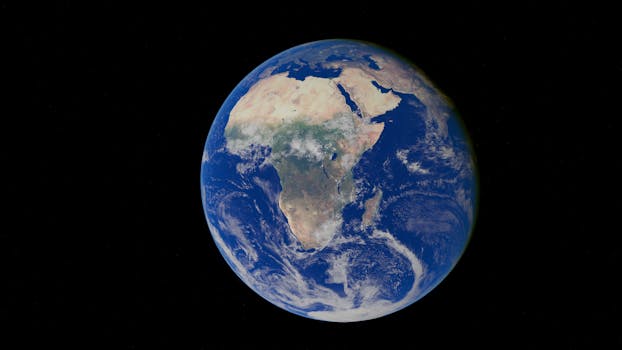
“
From Stardust to Dreams: Imagining Life Beyond the Stars
Introduction to the Cosmos
From Stardust to Dreams: Imagining Life Beyond the Stars is a journey that takes us through the vast expanse of the universe, exploring the mysteries of the cosmos and the possibility of life beyond our planet. As we gaze up at the stars, we are reminded of the infinite possibilities that lie beyond our small blue dot. The universe is full of mysteries waiting to be unraveled, and the question of whether we are alone in the universe is one that has puzzled humans for centuries. For more insights into the wonders of the universe, check out Galaxies of Dreams: How Imagination Transcends the Night Sky.
The universe is made up of billions of galaxies, each containing billions of stars. These stars are the birthplaces of planets, and it is on these planets that the conditions for life as we know it can exist. The discovery of exoplanets, which are planets that orbit stars other than the Sun, has opened up new possibilities for the search for life beyond Earth. This exploration is detailed in From Stardust to Dreams: Imagining Life Beyond the Stars – Exploring the Possibilities of Life in the Universe.
Exploring the Possibility of Life Beyond Earth
The search for life beyond Earth is an ongoing and fascinating field of study. Scientists use a variety of methods to search for life, including the detection of biosignatures, which are signs of biological activity, such as the presence of oxygen or methane in a planet’s atmosphere. The discovery of exoplanets that are similar in size and composition to Earth has given us hope that we may one day find life beyond our planet.
One of the most promising places to search for life is on Mars, our nearest neighbor in the solar system. NASA’s Curiosity rover has been exploring Mars since 2012, and has discovered evidence of ancient lakes and rivers, which suggests that the planet may have once been habitable. The European Space Agency’s ExoMars rover, which is scheduled to launch in 2022, will search for signs of life on Mars, including the presence of biosignatures.
Imagining Life Beyond the Stars
As we explore the possibility of life beyond Earth, we are also forced to imagine what life might be like on other planets. Would it be similar to life on Earth, or would it be entirely different? The discovery of exoplanets has opened up new possibilities for the search for life, and has also raised questions about the potential for life on other planets. For more on this topic, see Soaring Through the Cosmos: The Power of Imagination Beyond the Stars.
One of the most intriguing questions is whether life on other planets would be based on the same principles as life on Earth. Would it be carbon-based, or would it be based on a different chemistry? The discovery of exoplanets with conditions similar to those of Earth has given us hope that we may one day find life beyond our planet, and has also raised questions about the potential for life on other planets.
Conclusion and Takeaways
In conclusion, the search for life beyond Earth is an ongoing and fascinating field of study. The discovery of exoplanets has opened up new possibilities for the search for life, and has also raised questions about the potential for life on other planets. As we continue to explore the universe, we are reminded of the infinite possibilities that lie beyond our small blue dot.
Takeaways:
- The universe is full of mysteries waiting to be unraveled, and the question of whether we are alone in the universe is one that has puzzled humans for centuries.
- The discovery of exoplanets has opened up new possibilities for the search for life, and has also raised questions about the potential for life on other planets.
- The search for life beyond Earth is an ongoing and fascinating field of study, with scientists using a variety of methods to search for life.






